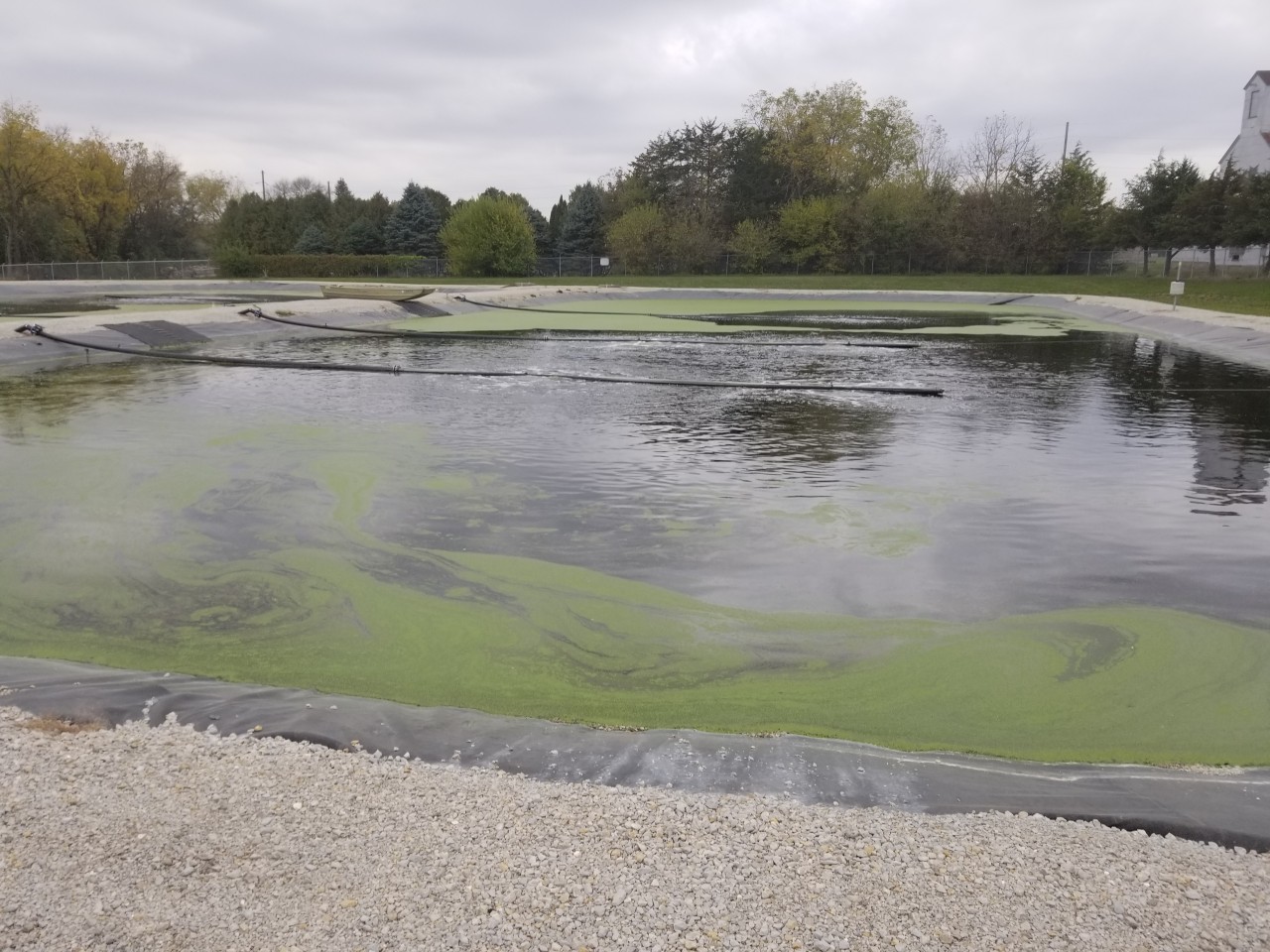Lagoon wastewater treatment: how to upgrade systems for small communities
Lagoon wastewater treatment systems are mostly found in small, rural and tribal communities in the U.S. and are used as the only method of treating community wastewater. Small communities of fewer than 3,000 residents usually prefer sewage lagoons because of their energy efficiency and low costs. However, recent wastewater treatment requirements, including stringent ammonia limits in effluents, have made it necessary for communities with lagoon systems to invest in treatment upgrades.
It is estimated that discharging lagoons account for about 25% of 16,000 publicly owned wastewater treatment works across the country.
The EPA’s Budget constraints often prevent small communities from investing in the best fit or most effective wastewater technologies for lagoon systems, which makes it challenging to comply with permits. To assist communities with alternative and innovative wastewater treatment technologies in their lagoon and pond systems, the U.S. Environmental Protection Agency (EPA) has introduced the Lagoon Wastewater Treatment Action Plan. The plan includes research grant funding worth $2 million and is committed to providing communities with wastewater infrastructure improvements to meet water quality standards.
Below, we discuss the types and functions of lagoon wastewater systems and how an experienced team of wastewater engineers can help you upgrade your community's discharging lagoon to comply with the latest regulatory requirements.
How lagoon wastewater treatment functions
A lagoon system is a decentralized wastewater treatment system that uses one or more pond-like water bodies or basins to receive, retain and treat wastewater. To prevent leakage into the groundwater, lagoons are lined with clay or artificial liner. System operators use a combination of physical, chemical and biological processes to treat wastewater in the lagoon. While a majority of the lagoon wastewater treatment occurs naturally, some systems deploy aeration devices to make the treatment more efficient.
Though relatively simple to design and construct, several factors must be considered while designing a lagoon wastewater treatment system, including:
- Site conditions. The location of the water table and soil type are key site conditions that help determine the design of a lagoon wastewater treatment system. A lagoon system should maintain a minimum required distance from the groundwater and from neighboring homes and businesses. Areas with clay or other soils that do not allow groundwater to percolate through the lagoon bottom are best suited for building lagoons. Otherwise, lagoon systems must be artificially lined with rubber, plastic, concrete or other materials to prevent groundwater contamination.
- Land availability. Lagoon systems require more land compared to other wastewater treatment methods. Though land in rural areas may be relatively inexpensive, construction for a wastewater treatment system may stretch the limited budget of small communities. Because aerated lagoons require less land than other lagoons, some lagoon systems install aerators to increase treatment capacity instead of increasing the size of the lagoon.
- Local climate conditions, sunlight and wind speed. Wind is not only important for contributing oxygen to the treatment process, but it also influences the hydraulic flow pattern of wastewater inside the lagoon. Sunlight supports green algae growth on the water surface, which makes conditions favorable for aerobic bacteria.
Based on common system designs, the table below lists lagoon wastewater treatment systems by category.
Lagoon wastewater treatment system types |
|||
|---|---|---|---|
| Anaerobic | Aerobic | Facultative | |
| Depth | 8 to 20 feet deep | 3 to 8 feet deep | 4 to 8 feet deep |
| Conditions |
A top layer of grease, scum and other materials allows bacteria and other microbes to thrive in anaerobic conditions. |
Sunlight and oxygen from air and wind ensure dissolved oxygen is dispersed throughout the lagoon |
Aerobic and anaerobic conditions. |
| Water detention |
Holds wastewater 20-50 days | Holds wastewater 3-50 days |
Holds wastewater 20-150 days |
| Suitability |
Suitable for wastewater containing animal wastes from farms, dairies and commercial and industrial waste. |
Best suited for warm, sunny climates. |
Suitable in most climates. |
| Land area | Requires a relatively larger area of land. | Less land is required. | Requires a large area of land. |
One of the major challenges of lagoon wastewater treatment systems is their lower efficiency in treating wastewater in cold climates. The success of lagoon systems in removing ammonia from wastewater is limited to moderate climates, and effluents from some lagoons may contain algae that require additional treatment to meet discharge standards.
To meet the revised ammonia standards for wastewater effluent, publicly owned treatment works (POTWs) with lagoon-based systems can adopt innovative methods, like:
- Including a Submerged Attached Growth Reactor (SAGR).
- Covering aerated lagoons to prevent exposure to lower temperatures.
- Adding a polishing reactor to promote denitrifying bacteria growth and control ammonia levels in the effluent.
The EPA’s lagoon wastewater treatment action plan 2022-2026 aims to support small, rural and tribal communities in financial and technical capacities to identify the most effective and affordable technologies or process improvements for their lagoon systems. For such communities, partnering with an experienced team of wastewater engineers can help navigate the application steps for financial and technical assistance from the EPA to upgrade their wastewater infrastructure.
Partnering with Fehr Graham to develop lagoon wastewater treatment systems
Fehr Graham has a dedicated team of wastewater engineers providing end-to-end assistance to communities for wastewater engineering. Since the 1970s, we have helped small and rural communities upgrade their lagoon systems to ensure environmental compliance. From evaluating, planning and designing wastewater treatment solutions to securing funding for upgrades and construction, we make sure your local POTW meets effluent limits and helps preserve your community's environment.
To know more about lagoon wastewater treatment systems and how Fehr Graham can help you upgrade such a system in your community, contact us or give us a call at 563.927.2060.
 |
Lucas Elsbernd, a Professional Engineer and Senior Project Manager, finds innovative solutions to challenging water and wastewater projects. He manages municipal, commercial and industrial planning and design projects in the water resources environment. He fosters a positive client experience and collaborates with leaders throughout the firm on project pursuits and technical issues. Lucas is one of the firm’s water and wastewater experts. He has a strong technical knowledge of water and wastewater treatment design and construction engineering. He can be reached at |
Collaborative, Insightful, Results-Driven Solutions
Fehr Graham provides innovative engineering and environmental solutions to help improve the lives and communities of our customers.

